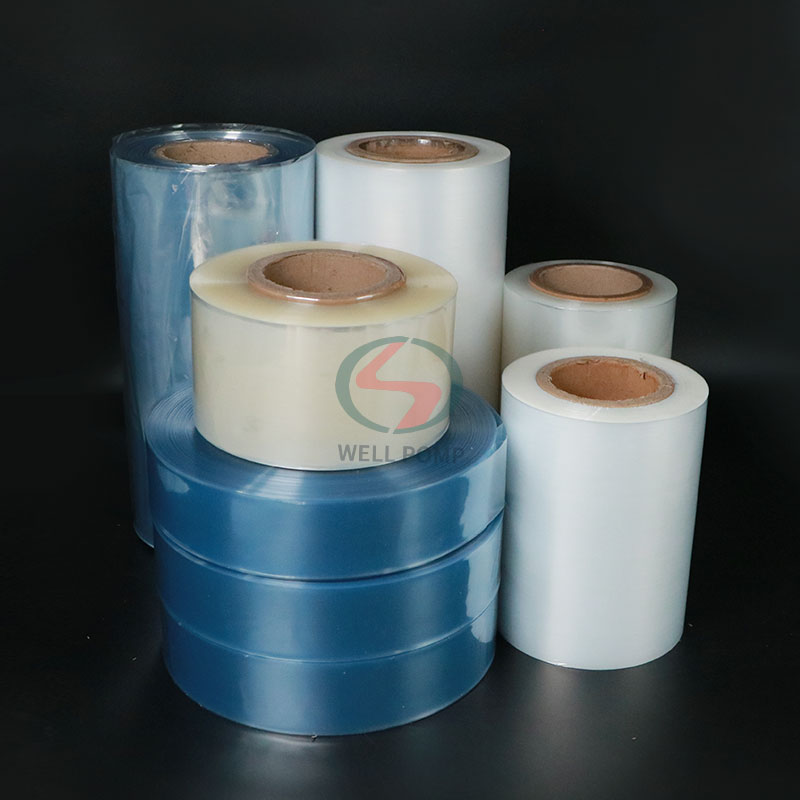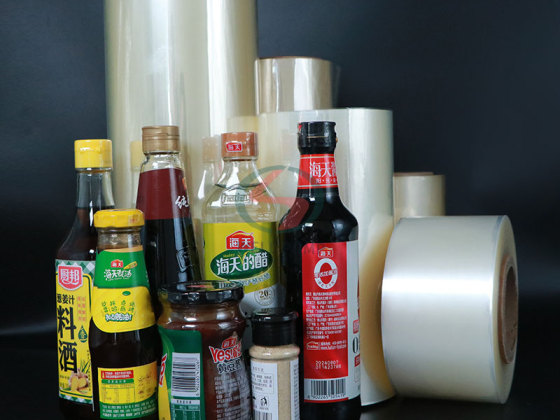
How to choose the POF heat shrink film suitable for your product
There are many types of shrink film materials, such as PVC shrink film, PE shrink film, POF shrink film, etc. So how do you choose the right shrink film material for your product? The following are three different shrink film material applications shared by the editor, hoping to help you make a choice.
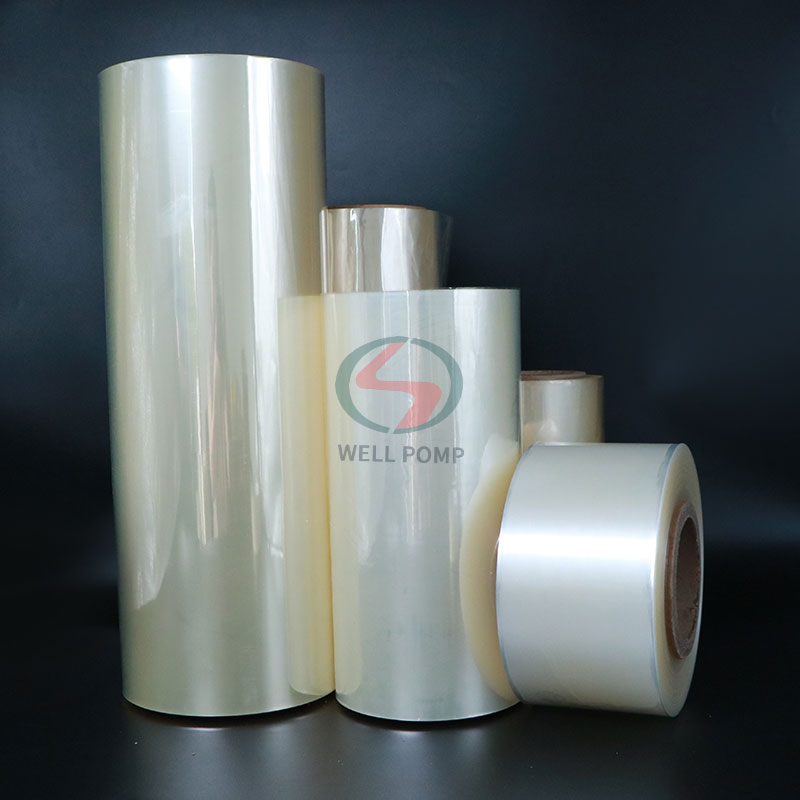
PVC shrink film is a product made of PVC and a variety of auxiliary materials. It has the characteristics of good transparency, low shrinkage and high strength. The shrinkage can be freely adjusted according to user needs, it has strong operability, low shrinkage temperature and good stiffness, but the film toughness and cold resistance are not ideal. Its main use is as a label film. Since its processing and application process will produce harmful gases, it does not meet the environmental protection requirements, so its application is increasingly affected.
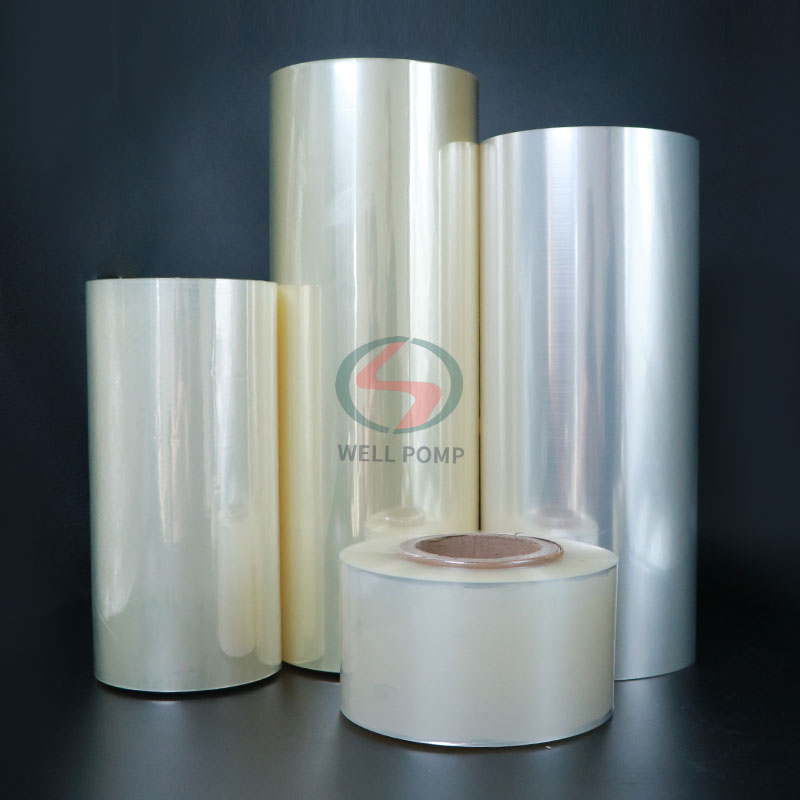
In a sense, PE shrink film is a kind of PE blown film. The difference is that its material formula and die structure are more suitable for the orientation of the film. Usually, its longitudinal shrinkage rate is much greater than the lateral shrinkage rate. It is widely used in one-way shrink packaging of products such as alcohol, cans, mineral water, various beverages, textiles, etc.
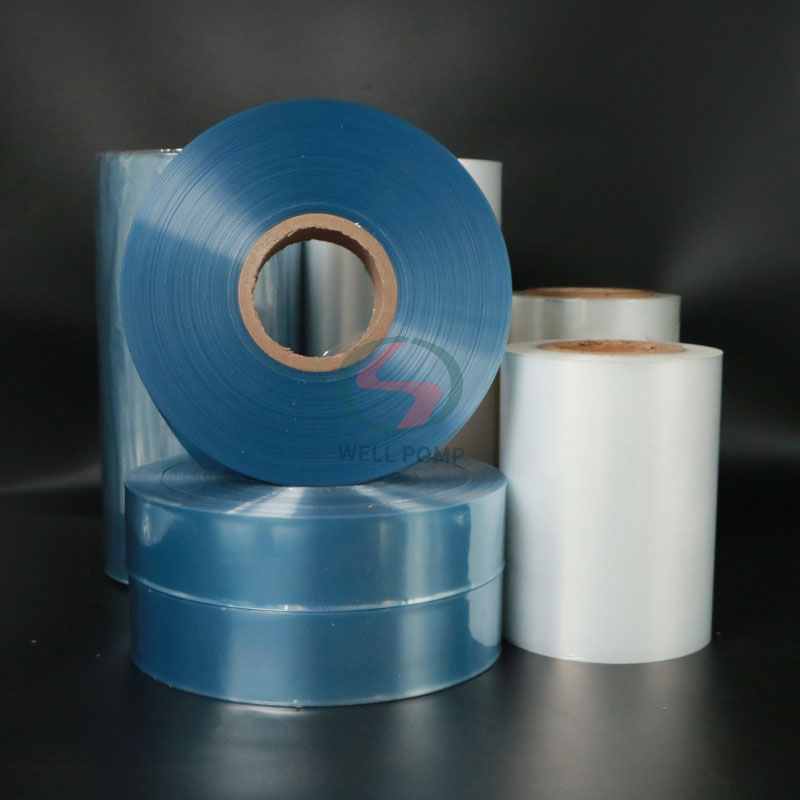
POF shrink film has the advantages of high gloss, good toughness, high tear strength, uniform heat shrinkage, and is suitable for automated high-speed packaging. POF is a multi-layer co-extruded polyolefin thermal film. The ordinary middle layer uses LLDPE, and the inner and outer layers use polypropylene (PP). It is made by co-extrusion of three or more layers, and then through a special double-bubble method of synchronous biaxial stretching. It is widely used in automotive products, plastic products, stationery, books, electrical appliances and other industries. It also has a wide range of application value in children's toys, circuit boards, MP3, VCD, handicrafts, photo frames and other wooden products, daily necessities, food, cosmetics, canned beverages, dairy products, medicines, tapes and other product industries.
